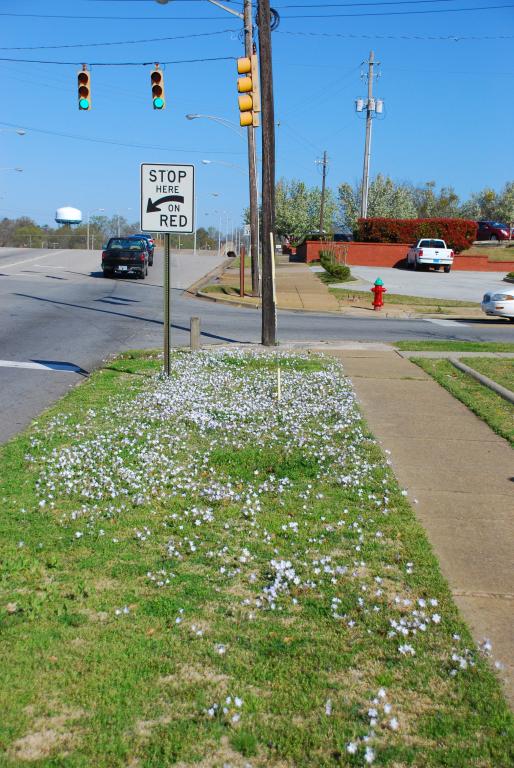What is a weed?
The most common definition a weed is a plant out of place. This is a terrible definition. With this definition, any plant that is unwanted is a weed. Weed is a more scientific term for plant species that are adapted to human activity, inhabit spaces of human activity, and evolve to thrive under human activity. Weeds are only unwanted plants of managed ecosystems that continually perpetuate themselves without human intervention and evolve to tolerate human intervention practices
Invasive species are unwanted, non-native species of natural ecosystems. Invasive species are distinguished in two ways from weeds — first, they are non-native and two they are in unmanaged ecosystems. Native species that are unwanted plants in native ecosystems, such as grasslands and forests, are simply plants. One may not want them, but tough. They were there first.
What is malherbology?
Malherbology is just another name for weed science. Every other scientific area gets a cool science name — entomology, ornithology, pogonology — but the study of weeds is just weed science. It is time to change the name.

Weeds are more than just agriculture
There are more than just weeds of crop production. Weeds can be present in turfgrass or urban landscapes. While these weeds do not reduce crop yield, they are seen as decrease the aesthetic value of the landscape. Well kept landscapes are known to increase the monetary value of property.
Weeds do serve a purpose
While weeds do decrease the aesthetic value of urban landscapes, they can serve a purpose. Leguminous weeds fix atmospheric nitrogen which then can be used by other plants. Flowers of weeds can increase forage habitat for pollinators.

